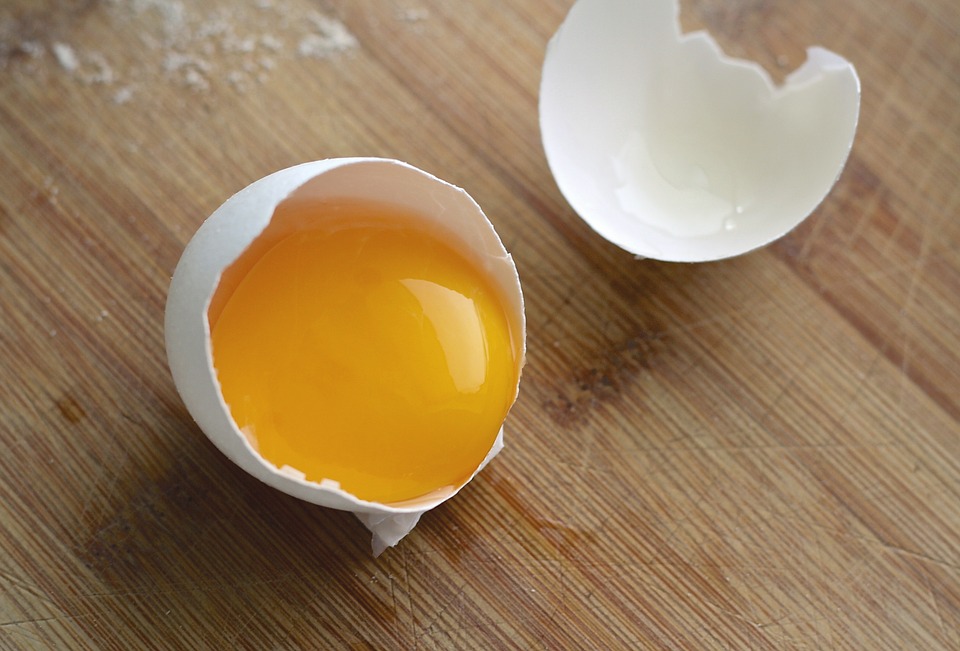
Yolk/shell (Y–S) hybrid nanocrystals (HNCs) has become an emerging hot-spot material towards space-confined nanocatalysis, nanoreactors, drug release, and energy conversion, storage applications. The interior voids are controlled based on the shape of the yolk and shell parts and are important for achieving flexible and cooperative coupling. This is particularly the case for semiconductor/semiconductor and metal/semiconductor hybrid nanostructures.
To do so, Prof. Jiatao Zhang’s group in the School of Materials, Beijing Institute of Technology, China, proposes a general strategy by anion exchange induced Kirkendall effect and Phosphine-induced cation-exchange reaction. The proposed strategy involves the accurate sulfuration of as-prepared cavity-free Cu2O NCs followed by phosphine-initialized cation-exchange reactions. By such strategy, S2− reacts with the cations on the surface of the NCs, followed by the simultaneous inward diffusion of S2– and outward diffusion of the O2−.
The sulfide formation maintains the original shape of the NCs. The different diffusion rates between anions and cations result in the formation of a porous or hollow nanostructure. Secondly, they applied phosphine-initialed cation exchange to generally synthesize unprecedented Y–S HNCs. According to the difference in the phosphine coordination abilities between Cu+ and other cations (Sn2+, Zn2+, and Cd2+ in this study), sequential in situ conversions employing many additional cation-exchange reactions between the Cu2O@Cu2–xS Y–S NCs and Cu2O@MS Y–S (M = Cd2+, Sn2+ and Zn2+) are performed.
Such flexible method also can be used to synthesize metal@semiconductor Y-S NCs. Cavity-free Au@Cu2O core/shell NCs and aforementioned phosphine-induced cation-exchange reaction are applied to obtain Au@MS (M = Cd2+, Sn2+) Y–S NCs. Hence, the as-obtained Au@Cu2S NCs are converted into Au@CdS and Au@SnS Y–S NCs with a well-retained Y–S morphology.
This general strategy may have unforeseen applications in confined nanoreactors and heterogeneous catalysis. To acquire more choices for the special cavities in Y–S HNCs, Jiatao Zhang etc. provide a scientific strategy to control geometries, sizes, and conformations for the synergistic usage of the catalytic nano-core surface in the well-defined hollow interiors.
This work is led by Prof. Jiatao Zhang and his Ph.D. students Muwei Ji and Xinyuan Li. The authors thank the NSF of ChinaIt.
The study, Versatile Synthesis of Yolk/shell Hybrid Nanocrystals via Ion-exchange Reactions for Novel Metal/semiconductor and Semiconductor/semiconductor Conformations was recently published in the journal Nano Research.









